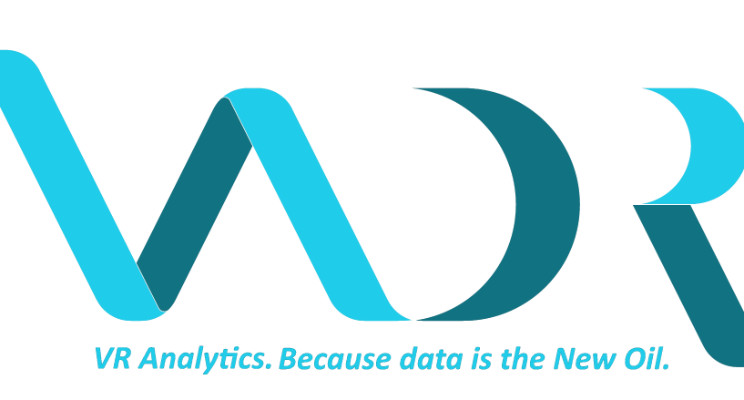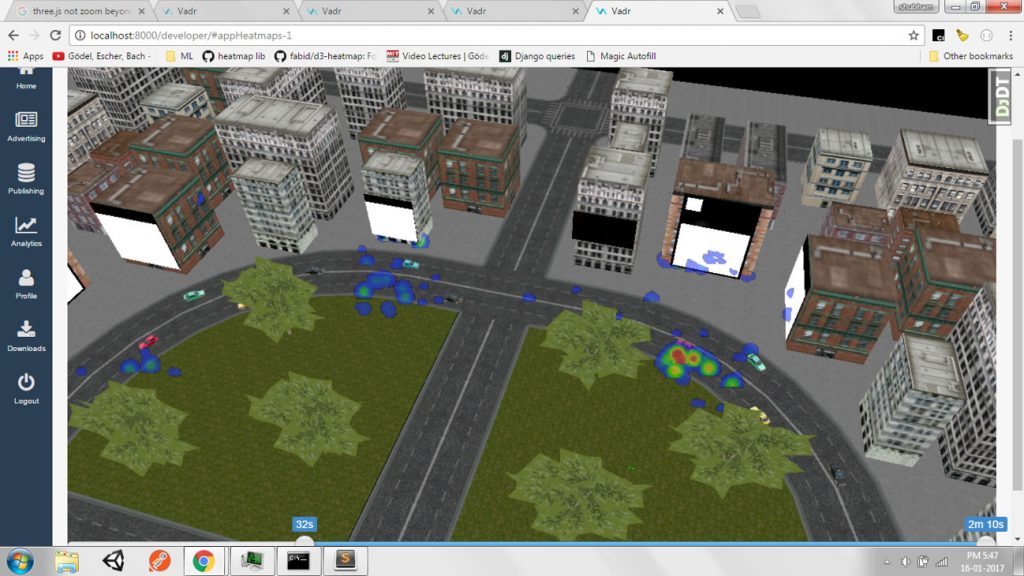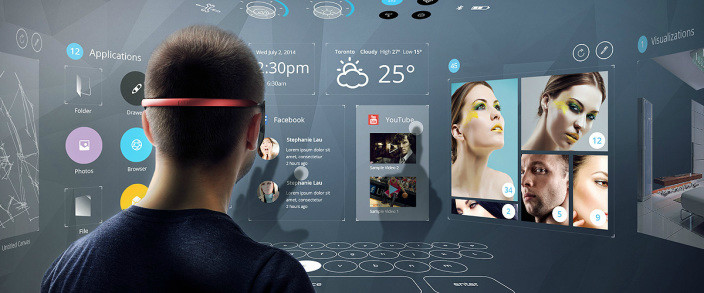
For any new media to flourish there is a need for content. Similar is the case for VR. 2016 has been a year of phenomenal growth, with big-ticket investments in VR content making studios and the entire ecosystem bursting with more than ever VR content being produced. However, there still is a problem facing content creators. Lifetime repeat users are very low, and retention poses an equal challenge. Why is this happening? Is it because that the content is not engaging enough, is it because of loss of some device performance issue, or has VR not moved from being a novelty yet. We need to learn, quickly. Whom better to learn from than our users themselves?
VR Analytics : Human Analytics
Analytics for apps or websites currently do a great job of letting you know the problem. They can assimilate the information about the user’s journey. How long were they using the content, how far ahead were they and when did they stop using it. However, it still begs a basic question, why did he drop off? We are left guessing and making the most probable conclusion.
VR is entirely different; it has shifted analytics from nos. and models to engagement and feelings. There is more Human in VR analytics. With VR analytics, you are not only searching for patterns in data to make educated guesses, but are looking at users’ as they are, individual and unique, attributing him as different from everyone else and therefore his choices and behavior. You can understand each user uniquely and his feelings and reactions to content that is shown to him. This gives us much more credible and critical information to understand the user to depths never before achieved. With critical information such as how the user is interacting with his surroundings, where is he looking and where is he moving, we can gain meaningful insights about the users cognitive processes. VR also can help us interact with the data in an entirely new manner. You can view the information in the format of heatmaps, giving you the complete picture of any metric you are using. What majority of the analytics platform now do is that they give the prognosis but not the cause. You know that the user has dropped off, is it because it is far too tedious to reach or is it because they lose interest. Either situations call for different solutions.
Using VR Analytics

With VR Analytics you can understand a lot of information, and see it in a manner which gives you a complete view of the information being represented and in spatial and temporal format.
You know where the user is looking and for how long and at which moment is he looking at that particular place. All this can be viewed as a heatmap. This will help you understand what the user is interested in and what could be the reason behind it helping you explore there further. Not only that, if a certain section of your users are behaving in an odd manner, say bending down where they are usually not supposed to, what caught their attention, or are they so genuinely interested in the entire landscape. You can understand where the user is moving and how is he moving to get a complete sense of their movement patterns and interactions, and view it all as a heatmap.
These metrics help you understand the problem superficially, but more importantly, point you to the probable underlying cause. Once you have these parameters, you can delve deeper to look for real reasons, e.g. in a game, is it the level difficulty or is it that the story of a VR Video is too mainstream, or has the content serving quality gone down. You can view all this via a heatmap and best understand the problem and fix it. You can understand very user specific details and rebuild the entire scenario of a particular user, giving you exact data of any user.
With the amount information generated via VR devices, the amount of analysis that can be done is limitless. You are capturing their head movements, their hand movements and in certain cases, their voices. All this can be used to generate valuable insights into the users’ engagement, mood and behavior in the VR environment, giving us priceless data to work with and much easier understanding of our content.
Behavioral and Cognitive Analytics

With the impressive amount data that can be captured in VR, the user analysis can be much more accurate and churn out information that is priceless to the developer. Capturing user behaviour has been a major challenge for everyone for a long time. To understand how the user is feeling while engaging with any content can give valuable insights into the content and how best to redesign it. With VR analytics all this is possible by taking a combination of head tracking, hand gestures (in case of High-End devices) and voice modulation tracking. You can know the user emotions’ to a certain degree of accuracy. This will be very useful to marketers, trying to understand how are the users responding to their campaigns and if they are being able to generate the requisite emotions in the users. Also to companies developing curated content for targeted audiences, like real estate developers showing VR architectural models or automotive companies giving a test ride of their cars.
While VR also has the power to insert real world objects, interaction with them can offer valuable insights into the users’ interests and choices. If the interaction with certain types of objects is high, then we can be sure that the user interest lies in that direction, and better help in understanding the user profile.
VadR Analytics
VadR has included many of these features and is working to improve these offerings continuously. Behavioral analytics is under development and are making sure that the launch of such a futuristic technology is not marred by false interpretation, VadR is launching this in the coming few quarters.